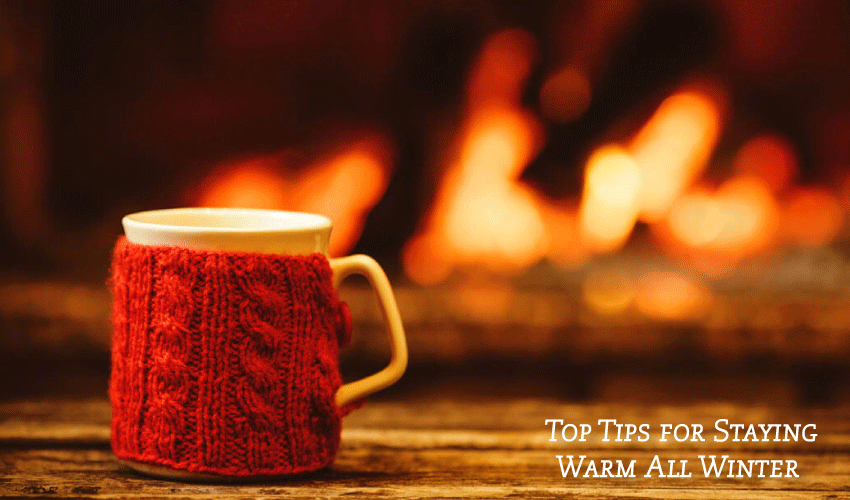Top Tips for Staying Warm All Winter
- Written by News Company

Many homeowners struggle to keep their homes cool in summer and warm in winter. The good news is, you can stay warm this winter by making just a few small changes to your home.
These tips will help allow your gas, electric or wood-fired heaters to heat your home more efficiently.
What to Do to Keep Your Home Warm
Insulation: If your home is not insulated, you can lose up to 35% of the warmth in your home through the roof. Insulating your home will not only keep your home warmer in winter, but it will also keep it cooler in summer as well.While it’s best to install insulation during initial construction or renovation, it can still be installed in existing homes. Just make sure you leave the job to a professional.
Follow the flow: To make the most of the warmth generated by your heater, don’t block the flow. While it’s tempting to put wet clothes or towels in front of your heat source or move your sofa closer to the warmth, it will restrict the flow of hot air around your home.
To help your heater work more efficiently, close the doors to rooms you are not using; there’s no need to heat empty rooms. By only heating the room you are using, you’ll reduce your heating bill – be it gas, electricity or wood.
Floor rugs: If you have hard floors of any style, consider covering the floor with rugs. Any separation you can put between cold floors and your toes is a bonus.
Curtains: Did you know that curtains keep you warmer in winter and cooler in summer? You can lose up to 40% of your home's heat just through the windows. If you close your curtains, you are keeping that warmth inside.
A pelmet will also help stop warm air escaping through the tops of your windows. Even if your home has blinds, shutters or other coverings, always keep them closed to keep your fire or heaters warmth inside with you.
Draughts: Check your home for any draughts, and seal them up if you find any, especially around windows and doors. You can find products at your local Bunnings or hardware store to help but always ask for some advice before buying. Some products that can help include weather seal tape, roller door seals, PVC door strips, silicone sealant or caulk, brush door seals, door snakes and auto-lift door seals.
If you’re not a big handyman or if you’re renting, try using draught strips or weather seal tape. They look like sticky tape but are made of rubber or foam and have an adhesive back. You can peel and stick the strips around window frames or the doorjambs, but make sure to measure before you go to the shops (most doors will need 5m of tape to seal). If you have a wood heater, ensure it has a damper that can be closed when the fire is off.
Turn your fans: Some ceiling fans have a reverse switch that makes the blades turn anti-clockwise. If you have this feature, you can use your fans in tandem with your heater. Warm air rises, so your fans will push the warm air back from your heater or fire towards the floor, where it belongs.
What to Avoid
People want to stay warm during winter, but some heating techniques are not only dangerous but can be lethal – especially when used inside.* Don’t use indoor gas heaters (especially ones that don’t have flues) in small rooms, such as bedrooms. The emissions released by these heaters are toxic in small spaces.
* Barbecue briquettes produce a significant amount of carbon monoxide when they burn and should never be used inside, especially with doors and windows closed. Leave them outside for the barbecue where they belong.
* Never use outdoor gas heaters inside your home, and don’t use gas cooktops, stoves or barbecues as heaters. They are intended for outside use only, as they give off too much carbon monoxide. These appliances don’t have the same filters as gas heaters designed for in-home use.

